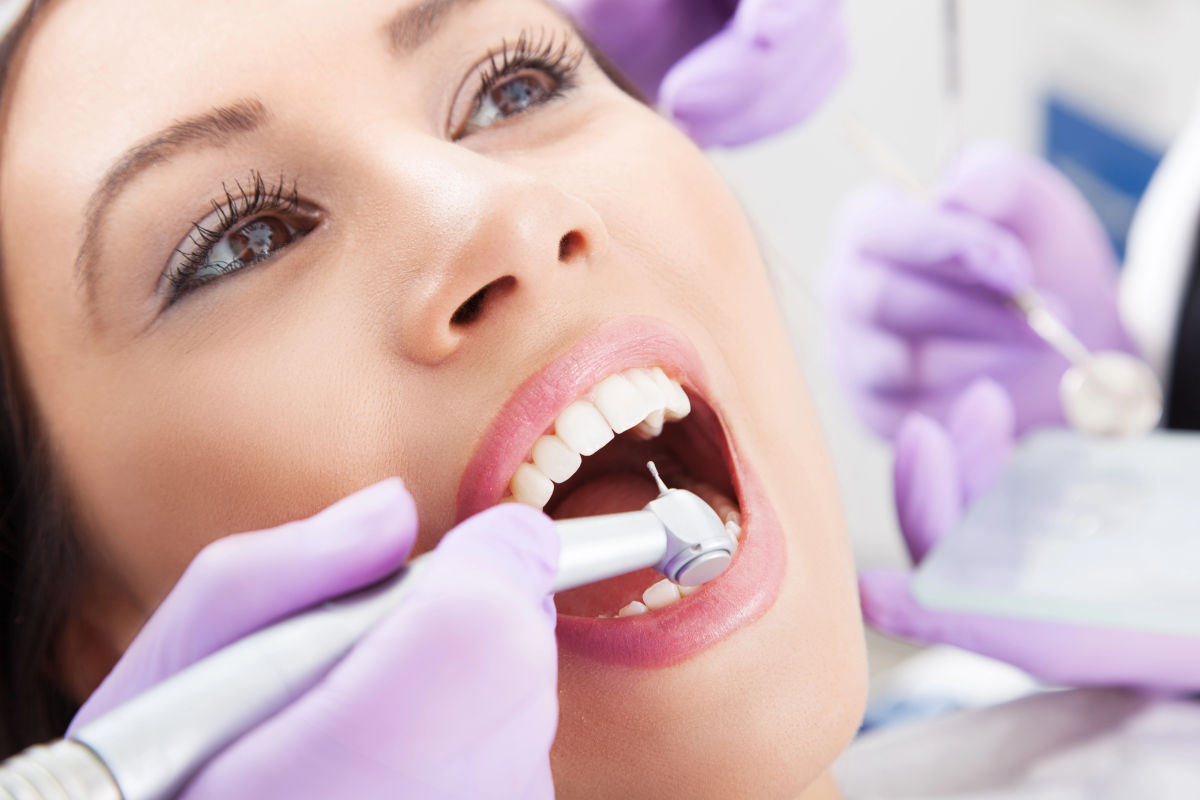Contents

Dental Stripping (IPR) with Invisalign: Why and How?
Increasingly associated with orthodontic treatments, dental stripping is also performed as part of clear aligner therapy like Invisalign. But what exactly does this technique involve? In which cases is it used and for what benefits? Discover everything you need to know about stripping with Invisalign.
When is Stripping Done with Invisalign?
During an Invisalign treatment, the orthodontist may suggest stripping when there is insufficient space between the teeth to allow for the planned movements. This technique is particularly indicated in cases of:
- Dental crowding
- Proclined teeth (teeth that flare out)
- Discrepancies between tooth size and jaw size
Concretely, stripping involves lightly sanding the sides of the teeth to create the necessary space for tooth movements.
It can be performed before the aligners are fitted, but it is most often done during the treatment to facilitate movements. Sometimes it is also performed at the very end of the treatment to perfect the final alignment.
By combining the wearing of aligners with one or more targeted stripping sessions, a harmonious and symmetrical smile is achieved without resorting to invasive interventions. It's a gentle and effective method for optimal aesthetic results.
What Exactly is the Purpose of Dental Stripping?
Stripping, also known as Interproximal Reduction (IPR), is a procedure that consists of reducing the thickness of the tooth enamel by a few tenths of a millimeter to change the shape of the teeth.
By creating a slight space between them, it facilitates their movement under the forces exerted by the appliance.
This technique serves both aesthetic and functional purposes:
- Improve the appearance of the smile
- Eliminate unsightly "black triangles" between teeth
- Soften the shape of triangular teeth
- Optimize the bite (occlusion)
- Gain space in cases of crowding
- Avoid the need to extract a tooth before placing an appliance
- Refine the results of the orthodontic treatment
Stripping is performed mechanically (using rotary instruments) or manually (micro-files). Abrasive strips can also be used. It is a painless and very quick procedure!
Is Dental Stripping Painful?
Good news: you won't feel anything during the stripping! This procedure only affects the superficial layer of the tooth (enamel), which is not innervated. Therefore, you have no pain to fear, provided, of course, that you entrust this delicate procedure to a qualified professional.
What is the Price of Dental Stripping?
The cost of IPR is almost always included in the total fee for your comprehensive orthodontic treatment, whether it's with Invisalign or traditional braces. If billed separately, which is rare, the cost could range from $50 to $200 per session. This procedure is covered under the orthodontic benefit of your dental insurance plan.
What Are the Risks of a Botched Stripping Procedure?
Because it permanently removes a small amount of tooth structure (0.1 to 0.5 mm of enamel), stripping requires extreme precision. Removing too much material can permanently weaken the teeth.
That is why it is crucial to entrust this procedure to an experienced orthodontist who is skilled in the stripping technique.
For an impeccable result and maximum safety, we recommend that you scrupulously follow the advice of your designated practitioner. Regular monitoring is the key to a successful treatment that will give you the smile of your dreams without altering the health of your teeth.
In Summary
Dental stripping is a very useful complement to orthodontic treatments like Invisalign. Frequently performed during treatment, it helps to:
- Create the necessary space to align the teeth without extractions
- Harmonize the shape of the teeth
- Correct bite issues
- Fine-tune the final aesthetic result
A reliable, painless, and cost-effective technique to help you achieve a perfect smile safely. Don't hesitate to discuss it with your orthodontist!
FAQ on Dental Stripping with Invisalign
Does stripping have any disadvantages?
No, stripping has almost no disadvantages if performed correctly. Only a very small thickness of enamel is removed, based on the precise needs of each patient. At most, you may need to avoid very cold foods and drinks for a few hours afterward.
Can stripping be done during orthodontic treatment?
Absolutely! It is even highly recommended to optimize the effects of the appliance. Stripping allows for gaining or redistributing space without having to use a more cumbersome appliance or extract teeth.
Does stripping hurt?
Not at all, because only the enamel (which has no nerves) is affected. At most, you will feel vibrations during the procedure. Stripping is the ideal solution if you want to correct your teeth without pain or major intervention.
How many times can stripping be performed?
The number of stripping sessions is limited by the available enamel thickness. A preliminary dental assessment ensures that your teeth can tolerate the procedure. In any case, the amount of enamel removed remains minimal (less than 0.5 mm in total).
Is there a minimum age for stripping?
There is no age limit, but it must wait until the permanent teeth are in place, usually around age 12. Stripping is therefore performed on adolescents and adults, according to the practitioner's recommendations.
